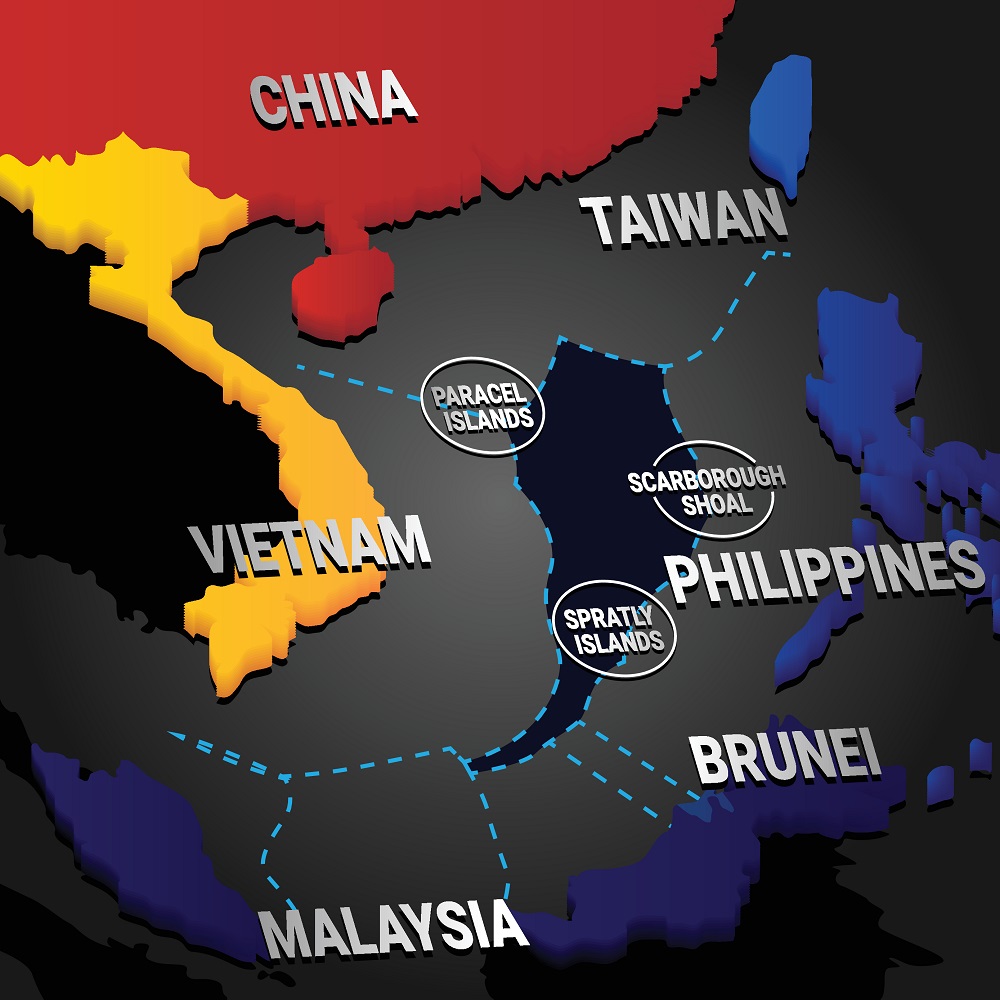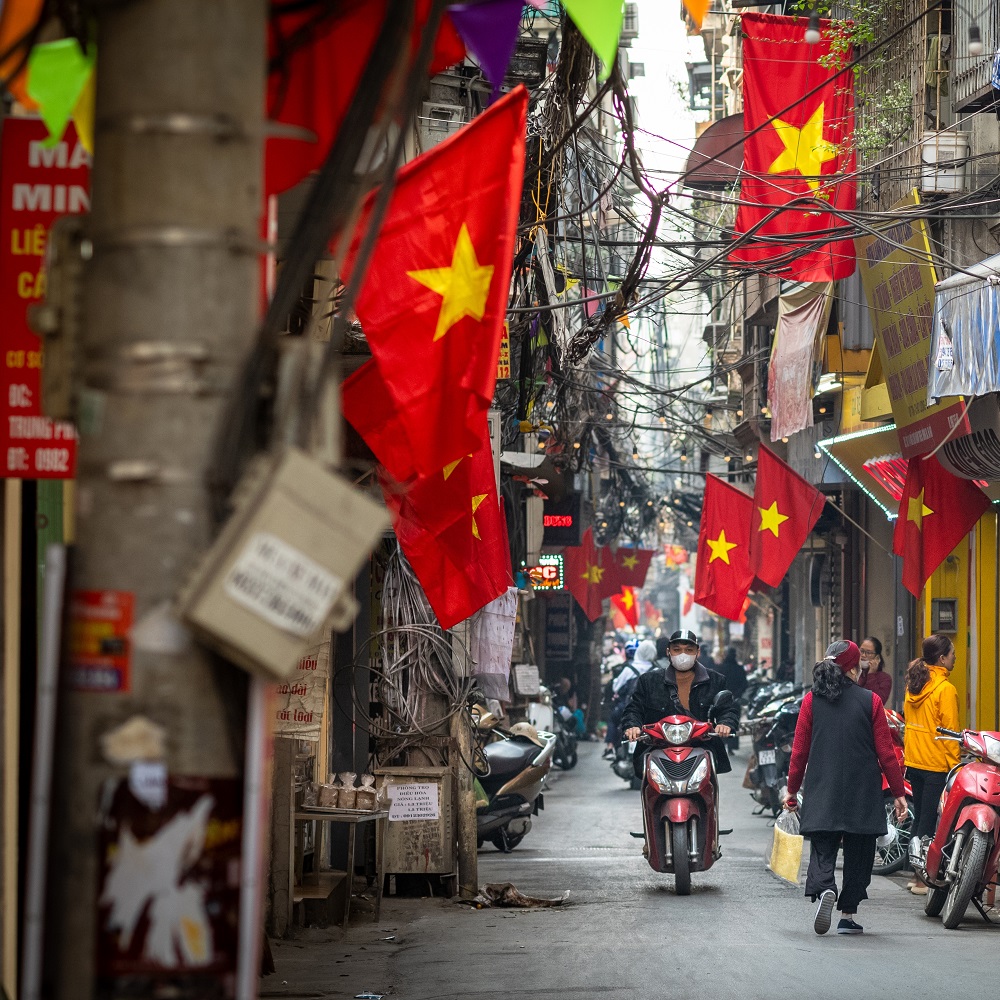
The 'Fatal Waters' of the Strait of Malacca: The Challenges of Combating Maritime Piracy in Southeast Asia
by Egor Sigauri-Gorsky
한국어로 읽기 Leer en español In Deutsch lesen Gap اقرأ بالعربية Lire en français Читать на русском The problem of piracy has cast a shadow over the maritime areas of Southeast Asia for many centuries. The waters of the Malacca and Singapore Straits, which hold tremendous economic significance for international trade, are particularly susceptible to pirate attacks. In the 2000s, ASEAN countries launched a comprehensive regional campaign to institutionalize measures for collective action against maritime piracy, and these measures proved to be effective. However, excessive concerns about intrusions into their sovereignty have led the Association's member states to "dilute" their efforts, resulting in a lack of true unity. This situation could result not only in losses for international trade but also in the loss of lives of ship crews. Introduction to the History of Maritime Piracy in Southeast Asia Despite the long and dark history of the ugly and inhumane activities of the "hostis humani generis" [1], the romanticized image of pirates continues to captivate the public's imagination, thanks to numerous literary and cinematic works. In these portrayals, pirates appear as free-spirited men and women, living outside the reach of legal and state institutions, driven by daring adventures. However, it is not only European privateers, Somali groups, and the inhabitants of Morocco's "pirate" Republic of Salé who have left their grim mark on the history of maritime trade routes. For many centuries, pirates in Southeast Asia have attacked trading vessels passing through the Straits of Malacca. As early as the 13th century, the Chinese traveler Zhao Rukuo described how the powerful maritime kingdom of Srivijaya controlled regional waters [2], sending boats to attack ships that did not dock at its ports. Trading hubs in Malacca, Johor, and the Riau Archipelago flourished under the rule of Muslim sultanates, with the support of the Orang Laut community — “the sea people” — whose culture was inextricably linked to maritime activities [3]. It is no coincidence that in 1856, the Scotsman John Crawfurd, considered a leading British authority on Malay history and culture, noted that many Malay rulers viewed piracy as an "honest and regular source of their income" [4]. The Economic Significance of Maritime Waters in Southeast Asia However, in the 21st century, maritime piracy remains one of the most pressing issues for Southeast Asian countries. According to data from the International Maritime Bureau’s Piracy Reporting Center, from 1992 to 2006, Southeast Asia was the most "pirate-infested" region in the world. The situation is further complicated by the fact that the waters of the Malacca and Singapore Straits, which are most susceptible to pirate attacks, are crucial for trade in the Asia-Pacific region. These straits also serve as "superhighways" of global shipping, with over 120,000 vessels passing through them annually. In 2000, 39% of Japan's foreign trade (equivalent to $260 billion) and 27% of China's foreign trade ($65.6 billion) were conducted through Southeast Asia's maritime routes [5]. Annually, the Malacca Strait facilitates trade valued at $3.5 trillion, accounting for two-thirds of China's maritime trade and 40% of Japan's maritime trade. Despite significant improvements in the security of Southeast Asia's maritime routes over the past 20 years, thanks to the joint efforts of ASEAN countries and their partners, as well as the development of the shipping industry, the threat of maritime piracy remains a pressing issue. In this context, it is crucial to examine the existing initiatives aimed at combating maritime piracy in the region. Overview of Projects, Agreements, and Initiatives In 1999, at the ASEAN+3 Ministers' Conference under the concept of "Maintaining Peace in the World Ocean" Japan proposed an initiative to establish a permanent regional naval force based on national contingents. However, the project did not receive the necessary support. Five years later, in 2004, the Regional Cooperation Agreement on Combating Piracy and Armed Robbery against Ships in Asia (ReCAAP) was signed, leading to the establishment of an Information Sharing Center to facilitate cooperation between stakeholders and coastal states in combating maritime piracy in Southeast Asia. These events marked the beginning of a new era of multilateral cooperation. The activities of the Information Sharing Center (ISC) have been crucial in building operational links between member countries of the Agreement and coordination centers, enabling information exchange, incident reporting, and rapid response to threats. A key role in maintaining security in the region is played by the Trilateral Cooperative Agreement between Indonesia, Malaysia, and the Philippines, known as "INDOMALPHI" signed in 2017. Under this agreement, maritime security is ensured through coordinated surface patrols, combined aerial maritime patrols, and the operation of an Intelligence Exchange Group. These efforts collectively enhance regional capabilities to respond to piracy and strengthen the overall security of Southeast Asia's maritime routes. Coordination efforts among Southeast Asian countries also take place through naval cooperation. For instance, the Singapore Navy works closely with Malaysian and Indonesian regional naval forces to combat maritime piracy through the Information Fusion Centre (IFC). The navies of Brunei, Indonesia, Malaysia, the Philippines, Singapore, Thailand, and Vietnam also actively participate in multilateral exercises conducted annually by the United States Navy. A key objective of these exercises is to strengthen regional measures against the threats of maritime terrorism and piracy in the Malacca and Singapore Straits, as well as in the South China Sea. As a result of these efforts, the number of ship hijackings for ransom significantly decreased between 2007 and 2022. Representatives of Indonesia's Ministry of Defense noted that in the first six months of 2023, not a single incident of ship hijacking was recorded, whereas, in 2017, 99 cases of piracy and armed robbery at sea were reported in the patrol zone. Experts also highlight the potential benefits of Japan and India joining the "INDOMALPHI" initiative, which could further enhance regional security efforts against piracy. Challenges to Regional Unity in Combating Maritime Piracy Despite significant successes in consolidating the efforts of Southeast Asian countries in combating maritime piracy, there are still “gaps” in the “united front” of interested ASEAN countries that hinder individual and collective initiatives. Thus, Indonesia and Malaysia have not ratified the 2004 Agreement and are not de jure participants in the Information Exchange Centre, although they participate in some events under its auspices. The Centre itself receives information on cases of piracy and armed robbery at sea from the coordination centers of the participating countries, which inevitably entails a time lag that may prove critical in the event of a threat to a ship and its crew. It is noted that an appropriate clarification of the mechanism of its work would be the obligation of ships to send information directly to the Centre, which would immediately transmit it to the relevant operational units of the participating countries responsible for deploying patrol vessels on site. The Downside of the "ASEAN Way" The Russian researchers note that while ASEAN is discussing the possibility of creating a unified navy to combat piracy, the approaches of the "ten" countries to the problem differ [7]. It is the absence of full-scale consolidated institutions that significantly undermines the successes already achieved and may provoke an escalation of the problem after the "lull" of 2000-2022. ASEAN's traditional rigid orientation towards the rejection of any supranational institutions and concern about maintaining national sovereignty may play a "dirty joke" on the Association's states, since the existence of multiple regional initiatives duplicating each other's functions and goals, as well as the fact that the Information Exchange Center does not have a real operational status, slow down progress. Finally, it should be borne in mind that at stake in this case is not only the stability of international economic turnover along the maritime trade routes of Southeast Asia, but also the lives and safety of ship crews, fishermen and sailors, whose professions are already associated with risk. References 1. "Enemies of the Human Race" - author's note. 2. See in particular: Berezin E.O. History of Thailand M. 1973. 320 pages. p. 35. 3. There are conflicting views regarding the true role of the Orang Laut in maritime piracy. While some researchers portray their culture as inherently linked to piracy in the conventional sense, others argue that the "sea people" were driven to piracy due to the actions of British colonial authorities who controlled the port of Singapore. See on this: Barnard T.P. Celates, Rayat-Laut, Pirates: The Orang Laut and Their Decline in History // Journal of the Malaysian Branch of the Royal Asiatic Society. Vol. 80. No. 2. 2007. P. 33-49. 4. Amirell S.E. Pirates of Empire. Colonisation and Maritime Violence in Southeast Asia. Cambridge University Press. 2019. 266 pp. P. 37. 5. Frécon E. The Resurgence of Sea Piracy in Southeast Asia. Institut de recherche sur l’Asie du Sud-Est contemporaine. 2008. 131 pp. P. 72-73. 6. Paramonov O.G. "Maritime Piracy in Southeast Asia: A Regional Perspective." // International Analytics. No. 1-2 (27-28), 2019, pp. 74-81, p. 77. 7. Paramonov O.G. "Maritime Piracy in Southeast Asia: A Regional Perspective," p. 78.

















